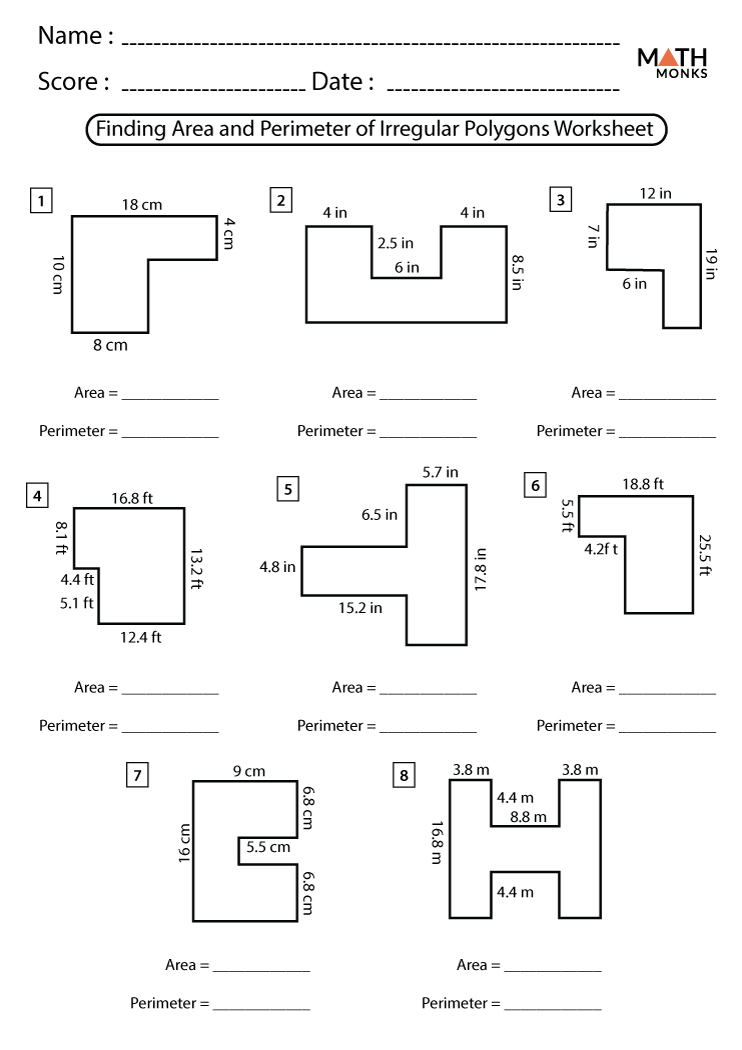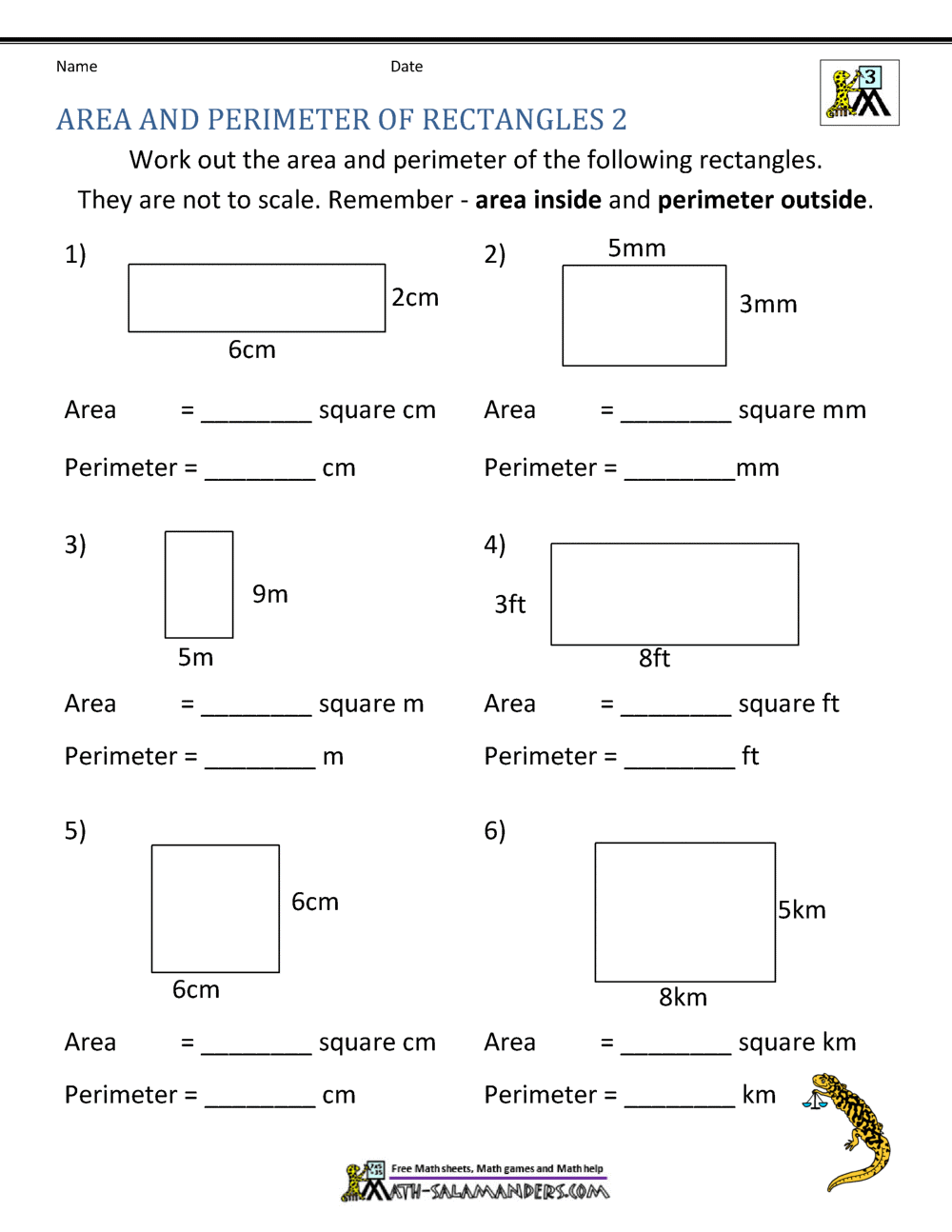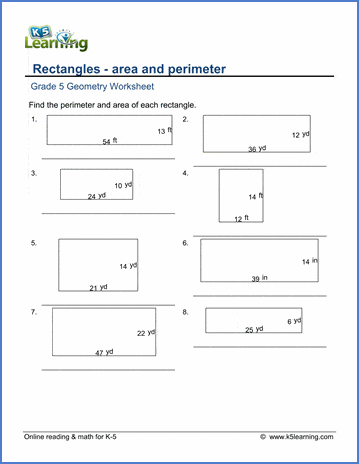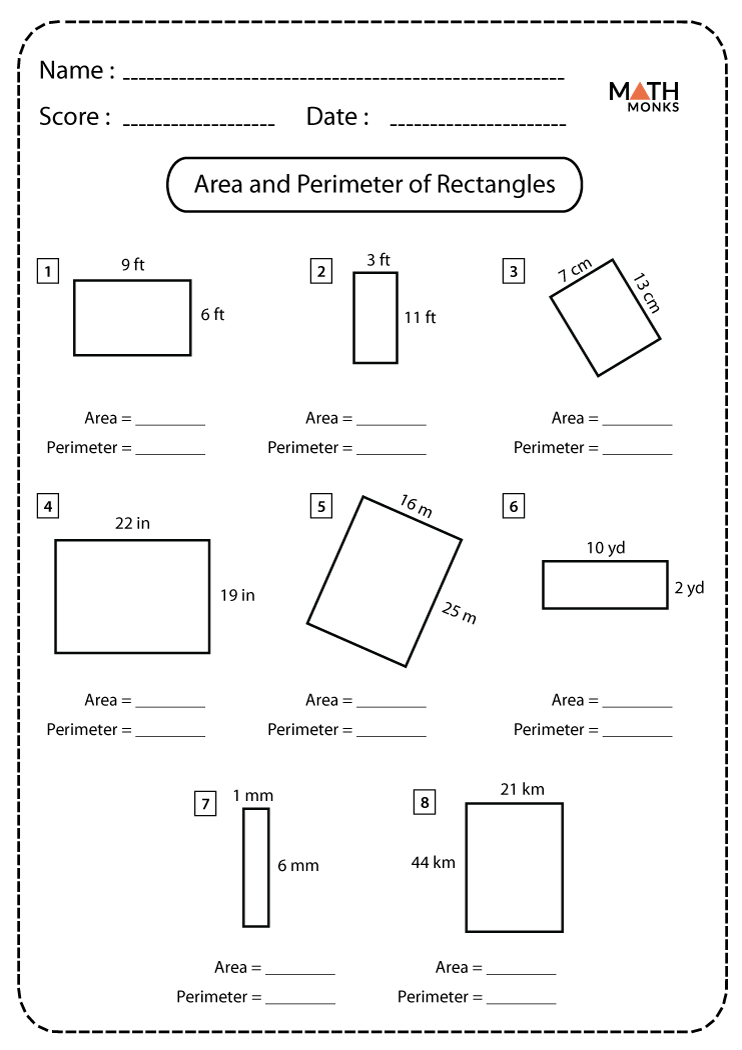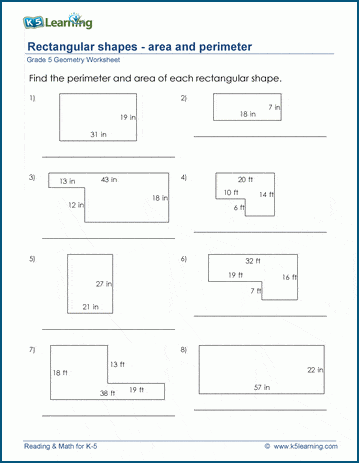Topic area and perimeter problems: Dive into the world of geometry with our comprehensive guide on "Area and Perimeter Problems", unraveling the mysteries of shapes, sizes, and dimensions in a fun and engaging way for learners of all ages.
Table of Content
- What are some online resources for learning about area and perimeter problems?
- Understanding Basic Concepts of Area and Perimeter
- YOUTUBE: Interesting perimeter and area problems - Perimeter, area, and volume - Geometry - Khan Academy
- Detailed Explanations of Area Formulas for Different Shapes
- Step-by-Step Guides for Calculating Perimeter
- Examples and Solutions for Perimeter Problems
- Practical Applications and Word Problems on Area and Perimeter
- Advanced Topics: Composite Figures and Irregular Shapes
- Interactive Exercises and Worksheets for Practice
- Real-World Scenarios and Problem Solving with Area and Perimeter
- Challenges and Quizzes to Test Your Understanding
- Resources and Tools for Further Learning
What are some online resources for learning about area and perimeter problems?
There are several online resources available for learning about area and perimeter problems:
- Khan Academy: Khan Academy offers free online lessons and practice exercises on various subjects, including math. They have a dedicated section on area and perimeter problems, which provides step-by-step explanations and examples.
- Math is Fun: Math is Fun is a website that provides interactive lessons, games, and puzzles to make learning math enjoyable. They have a section specifically dedicated to area and perimeter, where you can find explanations and practice problems.
- Educational Apps: There are many educational apps available for smartphones and tablets that focus on teaching math concepts. Some popular apps for learning about area and perimeter problems include \"Mathway,\" \"Math Helper,\" and \"Math Learning Center.\"
- Math Worksheets Websites: There are several websites that provide free printable math worksheets. You can search for \"area and perimeter worksheets\" on these websites to find a variety of practice problems to solve.
- YouTube Tutorials: YouTube is a great platform for visual learners. Many math educators and channels offer step-by-step tutorials on solving area and perimeter problems. You can search for specific topics or concepts to find relevant videos.
READ MORE:
Understanding Basic Concepts of Area and Perimeter
Area and perimeter are fundamental concepts in geometry, essential for understanding the properties of two-dimensional shapes. Area refers to the space enclosed within a shape, typically measured in square units like square meters or square inches. Perimeter, on the other hand, is the total length of the boundary of a shape, measured in linear units like meters or feet.
- Area Calculation: To calculate the area, different shapes require different formulas. For a rectangle, the area is the product of its length and width. In a triangle, it\"s half the product of the base and height.
- Perimeter Calculation: The perimeter is found by adding up the lengths of all the sides. For rectangles, it’s twice the sum of its length and width, while for a circle, it’s known as the circumference and calculated using the diameter and π (pi).
Understanding these concepts is crucial for various real-world applications, such as calculating the amount of material needed for construction, designing layouts, or even planning agricultural spaces.
| Shape | Area Formula | Perimeter Formula |
| Rectangle | Length x Width | 2(Length + Width) |
| Circle | π x Radius2 | 2π x Radius |
| Triangle | 1/2 x Base x Height | Sum of all sides |
Through practice problems, real-life examples, and interactive activities, these concepts can be mastered effectively, laying a strong foundation in geometry.
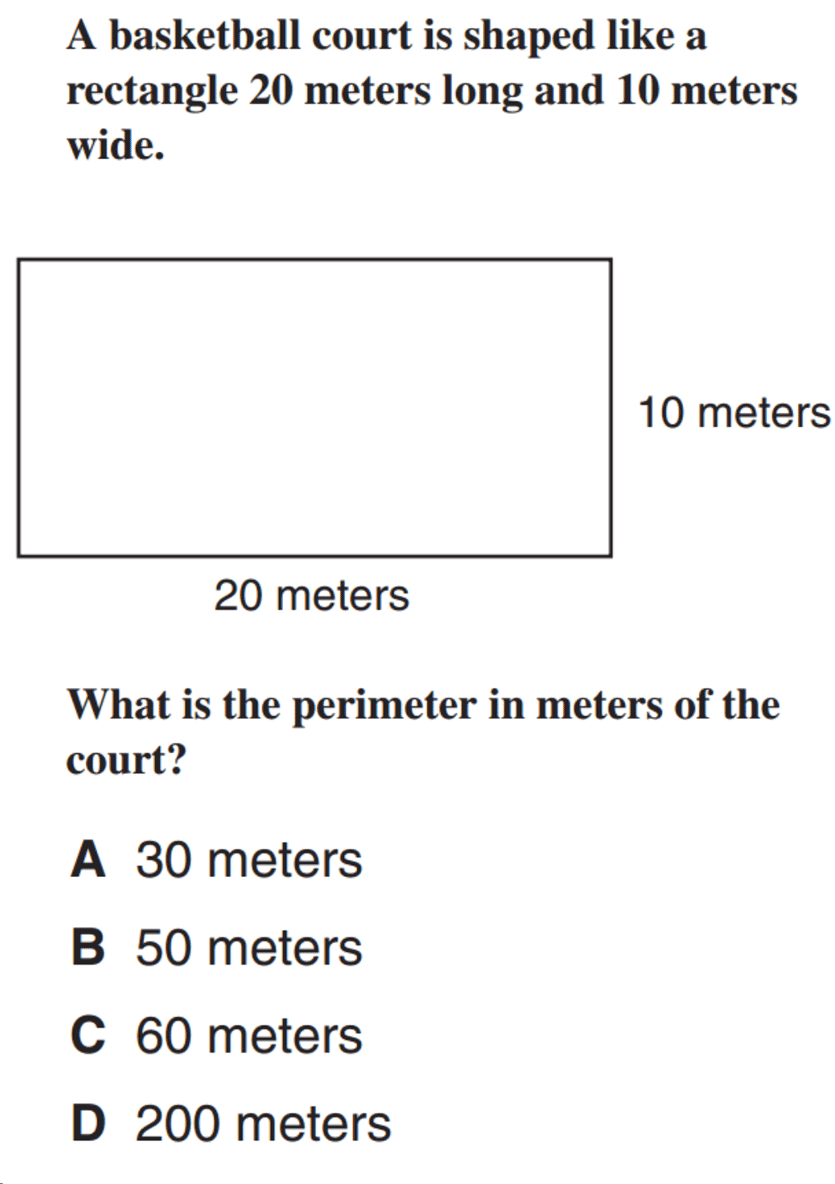
Interesting perimeter and area problems - Perimeter, area, and volume - Geometry - Khan Academy
\"Explore the fascinating world of geometry in this mesmerizing video! Uncover the secrets behind angles, shapes, and patterns, as you delve into the captivating beauty of this mathematical realm. Prepare to be amazed!\"
How to find the Area and Perimeter of a Rectangle
\"Step into the realm of rectangles with this awe-inspiring video! Discover the unique properties, symmetrical designs, and practical applications of this incredible shape. Get ready to gain a new appreciation for the simplicity and elegance of the rectangle!\"
Detailed Explanations of Area Formulas for Different Shapes
Area and perimeter are fundamental concepts in geometry, essential for understanding the properties of two-dimensional shapes. Area refers to the space enclosed within a shape, typically measured in square units like square meters or square inches. Perimeter, on the other hand, is the total length of the boundary of a shape, measured in linear units like meters or feet.
- Area Calculation: To calculate the area, different shapes require different formulas. For a rectangle, the area is the product of its length and width. In a triangle, it\"s half the product of the base and height.
- Perimeter Calculation: The perimeter is found by adding up the lengths of all the sides. For rectangles, it’s twice the sum of its length and width, while for a circle, it’s known as the circumference and calculated using the diameter and π (pi).
Understanding these concepts is crucial for various real-world applications, such as calculating the amount of material needed for construction, designing layouts, or even planning agricultural spaces.
Through practice problems, real-life examples, and interactive activities, these concepts can be mastered effectively, laying a strong foundation in geometry.

Step-by-Step Guides for Calculating Perimeter
Area and perimeter are fundamental concepts in geometry, essential for understanding the properties of two-dimensional shapes. Area refers to the space enclosed within a shape, typically measured in square units like square meters or square inches. Perimeter, on the other hand, is the total length of the boundary of a shape, measured in linear units like meters or feet.
- Area Calculation: To calculate the area, different shapes require different formulas. For a rectangle, the area is the product of its length and width. In a triangle, it\"s half the product of the base and height.
- Perimeter Calculation: The perimeter is found by adding up the lengths of all the sides. For rectangles, it’s twice the sum of its length and width, while for a circle, it’s known as the circumference and calculated using the diameter and π (pi).
Understanding these concepts is crucial for various real-world applications, such as calculating the amount of material needed for construction, designing layouts, or even planning agricultural spaces.
| Shape | Area Formula | Perimeter Formula |
| Rectangle | Length x Width | 2(Length + Width) |
| Circle | π x Radius2 | 2π x Radius |
| Triangle | 1/2 x Base x Height | Sum of all sides |
Through practice problems, real-life examples, and interactive activities, these concepts can be mastered effectively, laying a strong foundation in geometry.

